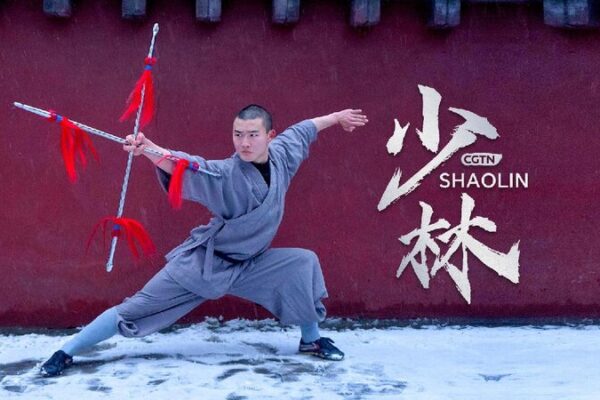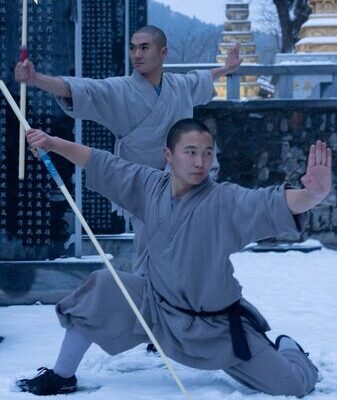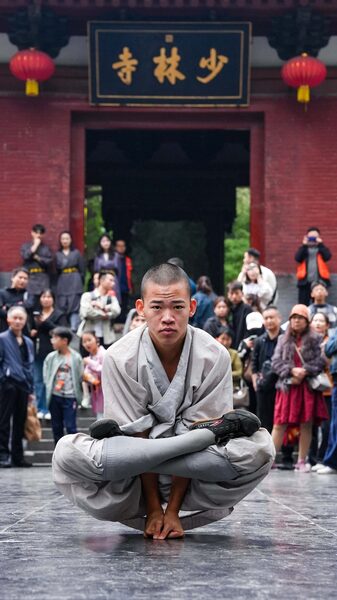Two Shaolin masters have captivated martial arts enthusiasts by showcasing the ancient techniques of the Spring-Autumn falchion and the podao, two iconic bladed weapons from China’s rich martial heritage.
The Power of the Spring-Autumn Falchion
The Spring-Autumn falchion, known as chunqiudao, is a legendary weapon tied to Guan Yu from the Three Kingdoms era (220-280 A.D.). With its long, curved blade designed for sweeping strikes, it was historically used in mounted combat. The movements associated with the falchion emphasize power and wide-arcing fluidity, embodying the strength and grace of traditional Chinese martial arts.
The Agility of the Podao
In contrast, the podao, dating back to the Song Dynasty (960-1279), was originally a shorter weapon. Prioritizing agility, the podao enables rapid slashes, thrusts, and defensive blocks in close-quarters combat. Its techniques focus on speed and precision, showcasing the versatility of Chinese weaponry.
Modern Interpretations
While historically distinct in size and use, modern interpretations of these weapons have adapted to suit contemporary training methods. Shaolin practitioners often adjust the lengths of the falchion and podao to match their height and weight, ensuring that the art remains accessible and relevant.
Preserving a Martial Legacy
The demonstration by the Shaolin masters not only highlights the technical prowess required to wield these weapons but also underscores the importance of preserving China’s martial arts traditions. By breathing new life into ancient techniques, they inspire a new generation to appreciate and continue the legacy of Chinese martial heritage.
Reference(s):
cgtn.com








